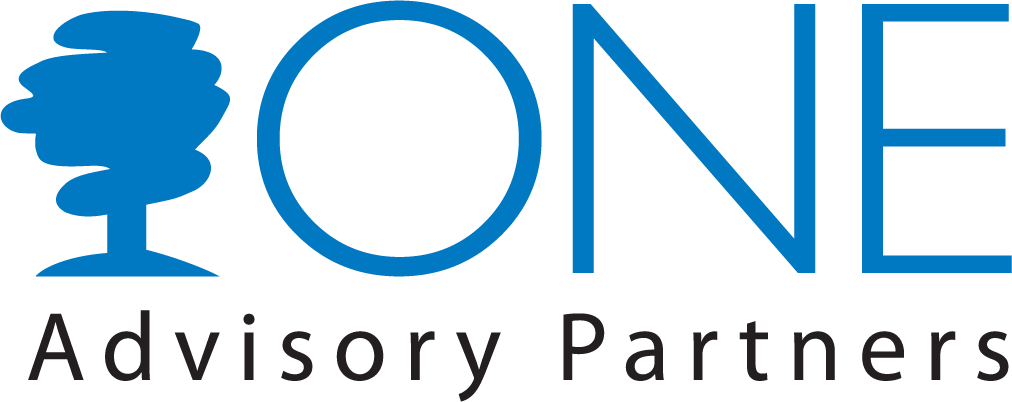Investing Beyond Risk vs. Return
Using Tax Coordinated Portfolios to Increase Your Wealth; Not Your Risk
Tax coordinated portfolios make sure you own the right assets in the right accounts. The idea is to increase your investment returns without assuming any more risk!
Accounts may be taxable, tax-deferred, or tax-free. Individual investments have different tax rules as well depending on the particular asset. Optimizing your portfolio requires dedicating particular investments into the appropriate accounts. Investors and advisors have tried to minimize taxes for years with that knowledge through a strategy called asset location.
Unfortunately, hurdles quickly begin to litter the track when employing an asset location strategy. Value can be elusive to define because complexity, laborious calculations, and the never ending need to revisit your financial situation can blur outcomes. Those hurdles make it tough to discern whether the tradeoffs are truly worth all the extra effort.
Even if an investor successfully navigates through the hurdles, mere asset location probably isn’t enough. Several generations of investors have failed to maximize on the strategy’s earnings potential. The reasons are two-fold. First, the strategy only considers tax efficiency while it ignores expected return.[1] Second, the focus is exclusively on reducing annual tax drag but it overlooks liquidation taxes.[2]
Tax coordinated portfolios overcome these shortcomings and actually represent a tremendous investor opportunity. Mathematically optimizing a portfolio through automated implementation is how a portfolio intersects with modern technology. The resulting new tax coordinated portfolio could “deliver additional after-tax returns, while maintaining the same level of risk.”[3]
Getting it right can be a big deal. “The placement, in terms of which account, taxable or tax-advantaged, is an important investing decision that has significant impact on an investor's taxes and thus the net return after taxes.”[4]
This point is underscored by the fact that “the same asset, whether stock or bond, is effectively a different asset when held in a [tax-deferred account] or taxable account. Results from this analysis indicate that the usual asset location advice is for an individual investor to locate stocks in taxable accounts and bonds in retirement accounts (tax-deferred accounts and tax-exempt accounts) to the extent possible, while attaining the optimal asset allocation.”[5]
The first chart shows a standard portfolio which is not tax coordinated. You can see each account has various shades of blue and green representing differently taxed assets.
Source: Betterment
The second chart shows the same portfolio but now the tax coordinated portfolio feature has been engaged. The new allocation shows a much different account allocation which increases the portfolio’s value by $83,042 over a 30-year period.
Source: Betterment
Getting Help
Depending on where an investor goes for personal finance help, they could be soliciting very dissimilar advice. Sometimes investors don’t actually receive any advice and instead just end up with a product. How can an investor avoid a product-pusher while still receiving trained advice?
Fortunately, it’s easy so long as one simple rule is followed: Make sure to ask if a financial professional is a fiduciary. When it comes to personal finance, ONE Advisory Partners is always a fiduciary. Safeguarding that fiduciary duty exponentially clarifies ONE’s client advice.
Find a Tax Coordinated Portfolio
There are investment and insurance products available in the marketplace which ONE cannot recommend because those products fail the fiduciary standard. As you consider the advice you are given by a financial professional, it is noteworthy that there’s not a single variable annuity or equity index annuity available for purchase that uses tax coordinated portfolios.
It might not be a coincidence that those products have an extremely difficult time meeting the fiduciary standard. Proper planning, asset location, and investing with a tax coordinated portfolio is one of many value-adds which ONE Advisory Partners brings to clients.
With the technology available in the year 2018, why aren’t you using tax coordinated portfolios? Take control of your retirement today by implementing a tax coordinated portfolio.


